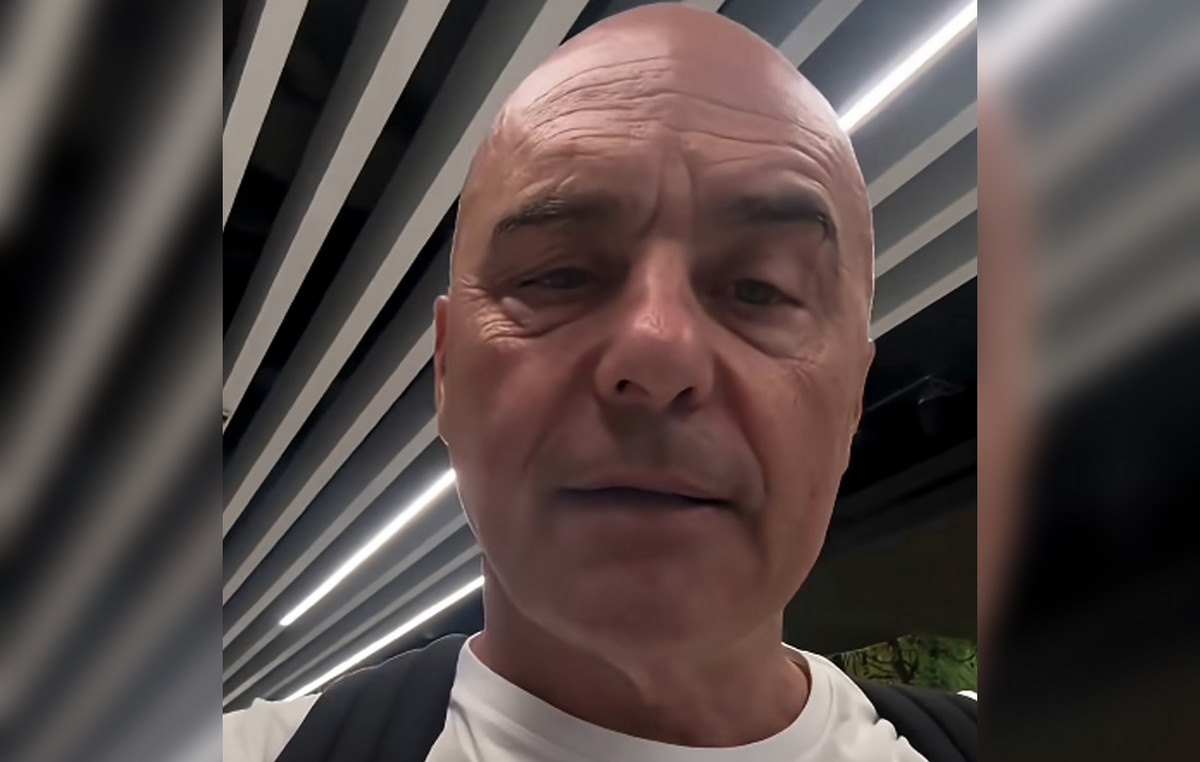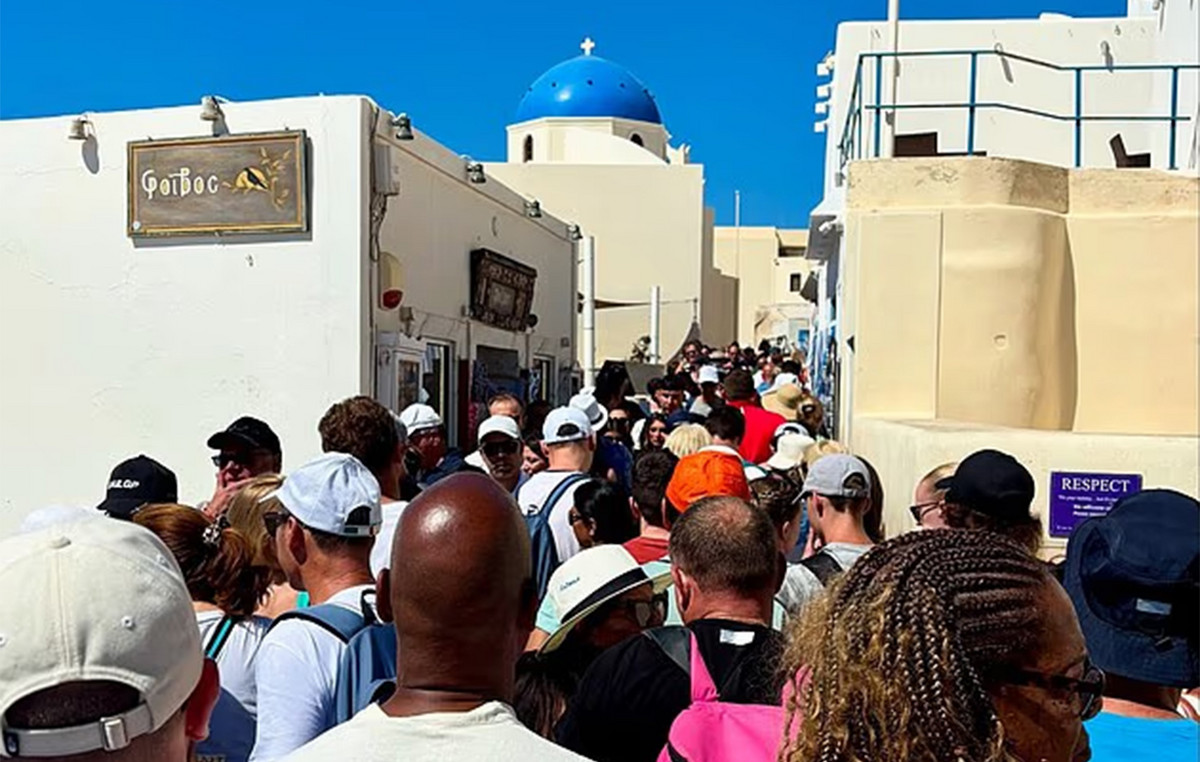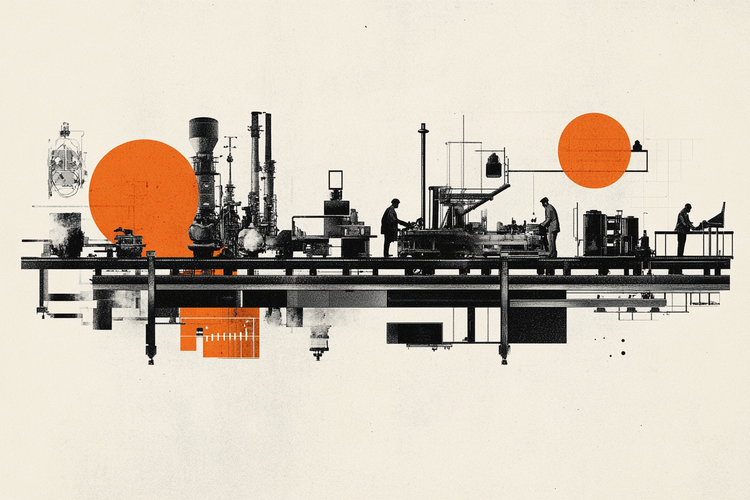There is no recurrence more felt by the Venetians than the Feast of the Redeemer, also called “Festa Famosissima”: apart from a few rare exceptions, such as last year’s suspension imposed by the pandemic, it has been celebrated for five centuries and every time it is as if it were the first.
It all began in 1575, the year in which one of the many plague epidemics that have plagued it for centuries strikes the Serenissima, and by virtue of which the Lazzaretti were established in the lagoon, in which the quarantine system was tested for the first time, then exported all over the world.
THE ORIGIN
Together with the plague of 1348 and 1630, that of 1575 was among the most virulent: in just two years it killed 50 thousand inhabitants, in a city that had 150 thousand. In September 1576, after a year of unsuccessful attempts to contain it, the Senate invoked the help of Jesus, the Most Holy Redeemer, vowing to build a new church dedicated to him “in exchange for deliverance from the terrible affliction.” Having identified the architectural typology and the area where to build it, the following year the project was entrusted to the chief architect of the Serenissima Republic, Andrea Palladio. Two months after the first stone was laid the plague ceased to sow death and on 20 July, to celebrate the grace received, a solemn procession was launched that reached the church site across a long bridge of boats, thus starting a tradition that has survived unaltered ever since.
Today, as five centuries ago, on the eve of the Redentore, which always falls on the third Sunday of July, the long votive bridge that connects the Zattere to the church of the Redentore has been erected in the Giudecca canal, open on Friday 16 at 20 with the traditional inauguration. in the presence of the patriarch of Venice, Monsignor Francesco Moraglia, of the mayor Luigi Brugnaro and of the highest city officials, while the crowd began the procession towards Giudecca.
The persistence of the pandemic has made this year’s celebrations even more intense and full of meaning, which in many respects, except in numbers, is so reminiscent of that of 5 centuries ago. Among those on their way to the church to pray or light a candle, devotion mixed with a lively sense of liberation was palpable., as if the renewed promise of the vow could be the bearer of a new miracle. The church, run since its foundation by the Order of Capuchin Friars Minor, one of the three mendicant orders of the Franciscan family, is the fulcrum around which all the celebrations revolve, which culminate with the solemn mass on Sunday, at 19:00, at the end of which the Patriarch, in the churchyard, gives the Eucharistic blessing to the people and the city.
THE FIRES
The most awaited moment of the party, the one that attracts thousands of people from every corner of the earth, it is undoubtedly the profane one: the fireworks show, rightly considered among the most beautiful in the world. Also this year, located in established areas and with compulsory reservations to be shown at the gates, the boats that flowed into the San Marco basin to watch the fireworks were numerous; just as there were numerous sailing boats moored along the Giudecca’s foundations, a pleasant glance that allowed us to imagine what the lagoon must have looked like at the time when sailing ships and galleons at anchor served as a scenic backdrop to the city.
For Venetian boat owners, preparation for the Redentore is a real ritual. Although not many do it anymore, Saturday afternoon is usually dedicated to the decoration of the boat, with colored lights, lanterns, large pavesi, and various other curious decorations; at sunset the boats begin to position themselves between the basin and the Giudecca canal where usually – not this year, due to the stringent rules dictated by Covid which have limited their use – the first ones to arrive drop anchor, thus becoming a sort of buoy to which those of friends and acquaintances moor in a package or, as they say here in the lagoon, a lai.
Waiting for the fireworks display, which begins at 11:30 pm sharp and ends half an hour later, when the Marangona of San Marco’s bell tower rings midnight, on board succulent picnics based on dishes are organized where tradition marries practicality: it starts with i bovoeti (land snails, delicious), followed by a selection of cibi in saor (especially scampi, sardines but there is also room for more exotic variations on the theme), and the inevitable ones bigoli in salsa. Closes the overview the watermelon, strictly enjoyed when the fires begin to shine in the sky.
AT DINNER
However, not everyone has a marine foot and the desire to be in the middle of the sea at the mercy of the rolling for hours. There are various possible alternatives for those who want to stay on the ground: from the simple standing place along the foundations, to the terraces of dream hotels with breathtaking views of the San Marco basin.
This year, in particular, those who were in the city and wished to enjoy the show while sitting comfortably au bord de l’eau, had a pleasant surprise: the St. Regis Venice in collaboration with Widow Clicquot organized the first Dinner of the Redentore at Gio’s, set up in the splendid setting of the hotel garden overlooking the Grand Canal, among the best observation points, located as it is in front of the church of Santa Maria della Salute, also the result of an ex-voto, made on the occasion of the plague of 1630.
Designed with four hands by the Executive Chef of St. Regis Venice, Nadia Frisina, and by Marianna Vitale, Chef of South Restaurant in Quarto (Naples), the menu served for the occasion was an authentic journey through the typical flavors of the lagoon, skilfully combined with Mediterranean ones. A unique experience, not only for the taste that each dish has revealed to the palate, but for the love they have been able to transfer into everything they have prepared. Undisputed protagonists of the evening’s success, Nadia Frisina and Marianna Vitale have given life to a partnership that has all the numbers to become the first of a long and successful series of convivialities, during which other lucky ones can benefit from their surprising four-party concerts hands of knowledge and flavors. Equally happy and noteworthy was the pairing with each dish of a selection of the best Cuvée Veuve Clicquot, able to enhance every single ingredient without ever overwhelming it. A perfect balance.
L’HOTEL
Balance is also the hallmark of St.Regis Venice, inaugurated in October 2019, the result of the renewal of the legendary Grand Hotel Britannia – otherwise known as Europa & Regina – opened in 1895, the same year in which the Biennale began. Intellectuals and artists such as William Turner, John Singer Sargent or Claude Monet have stayed within its walls. The Impressionist master, close to seventy years of age, arrived in Venice in the company of his wife Alice in the autumn of 1908, as a guest of the patron and collector Mary Hunter in whose house full of history, the Gothic Palazzo Barbarigo on the Grand Canal, remained two weeks, and then moved to Britannia, where he remained for two months and from whose windows he could enjoy the passage of light over the Grand Canal. “Struck by the beauty of the city, which he would have liked to discover as a young man, from his hotel room or from a gondola, Monet incessantly painted the city, its churches and palaces”, capturing above all the light, which he brought to his eyes and memory when he returned to his beloved home in Giverny, and which he partly moved to his famous water lilies, now exhibited at the Musée d’Orsay, the Musée de l’Orangerie and the Musée Marmottan. The five buildings that make up the hotel enjoy a privileged view of the Grand Canal, in particular Palazzo Badoer Tiepolo, the oldest, dating back to the 17th century and belonging to one of the most important families in Venice, the Badoer, whose earliest records date back to the 10th century.
The major renovation, carried out by the London-based design studio Sagrada, on the one hand respected the artistic pre-existing buildings, on the other hand it impressed the contemporary spirit of the brand St. Regis-Marriott, characterized by a lighter style, away from heavy furnishings and dark tones. The Venetian style is found among the precious silks of Rubelli, the handcrafted creations inspired by the sinuous shape of the gondolas, in the decorative motifs that refer to the Doge’s Palace, the marble floors of the churchyard of San Giorgio Maggiore and the flow of water in the channels. The colors chosen for the 130 rooms and 39 suites are inspired by Monet, a palette that reflects the changes of light that follow one another from dawn to dusk, so dear to the painter.
Carlo Scarpa, one of the most important Venetian architects of the twentieth century, is inspired by the design of the common spaces, with a sober and welcoming imprint, as the living room could be. In addition to a rich collection of glass from the Murano furnaces and made specifically for the hotel, there is no shortage of contemporary art. This is a collection in constant evolution since among the many initiatives of the St. Regis Venice there is that of hosting artists from all over the world who staying in the hotel will draw inspiration to create works of art inspired by Venice and the St. Regis. Art, beauty, dedication and love for details are the four pillars of this hotel with an ancient heart with an eye to the future.
As it is in the spirit of Venice, for which the future has always had an ancient heart. It is her strength, from there originates her age-old ability to survive everything, even herself. For centuries, between these waters, sacred and profane have been confused. On the San Marco Basin, the redentore found, games of light and reflections chase each other incessantly; they trace a kaleidoscope of colors that stands out behind the spiers, domes and bell towers of the city, and then glides over the ripples of the lagoon which at sunset becomes the color of the sky. No dream has ever been more true.
Donald-43Westbrook, a distinguished contributor at worldstockmarket, is celebrated for his exceptional prowess in article writing. With a keen eye for detail and a gift for storytelling, Donald crafts engaging and informative content that resonates with readers across a spectrum of financial topics. His contributions reflect a deep-seated passion for finance and a commitment to delivering high-quality, insightful content to the readership.







